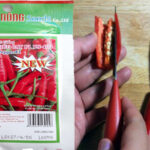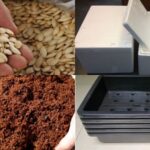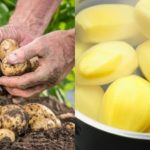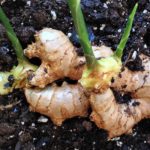Peanut Hydroponics: A Beautiful and Easy-to-Care-for Plant
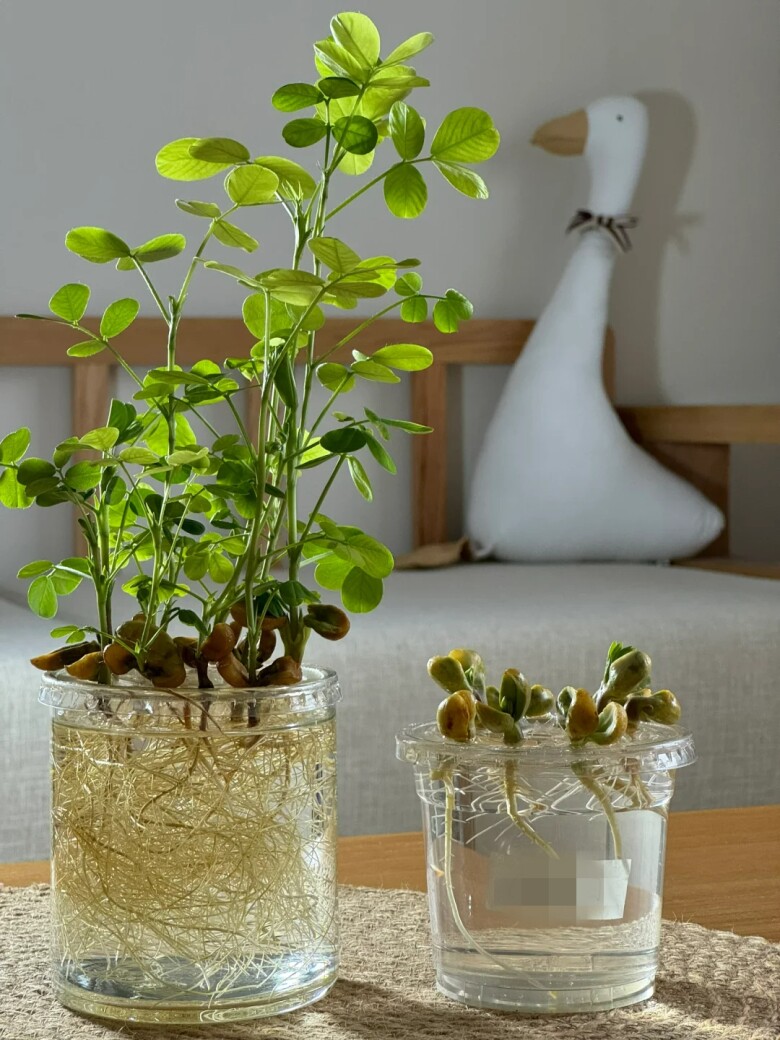
Hydroponic peanuts make for a beautiful and unique houseplant.
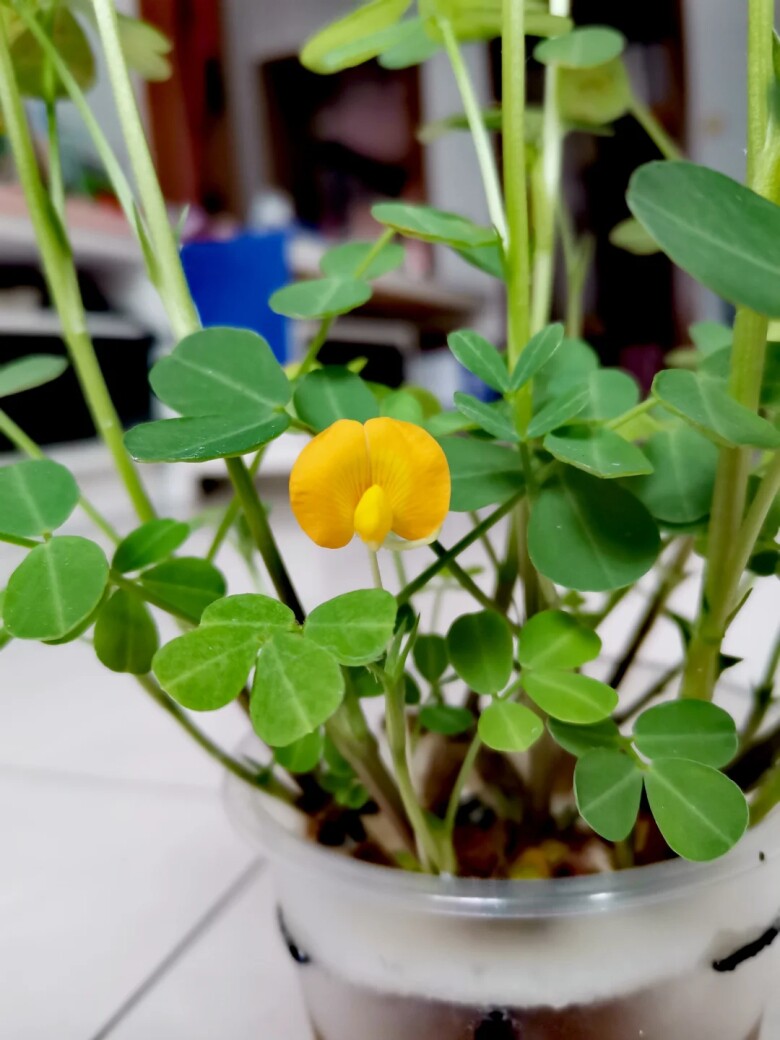
The peanut plant’s flowers are a vibrant yellow, adding a pop of color to any space.
Hydroponic peanuts grow quickly and change almost daily. With the right care, your plant will bloom with beautiful yellow flowers.
Here’s how to grow your own hydroponic peanuts:
1. Source Fresh Peanuts
Start with fresh, untreated peanut seeds. This will ensure a higher germination rate. Avoid using pre-packaged, dry-roasted peanuts from the supermarket as they may have been treated with chemicals or be too old for successful germination.
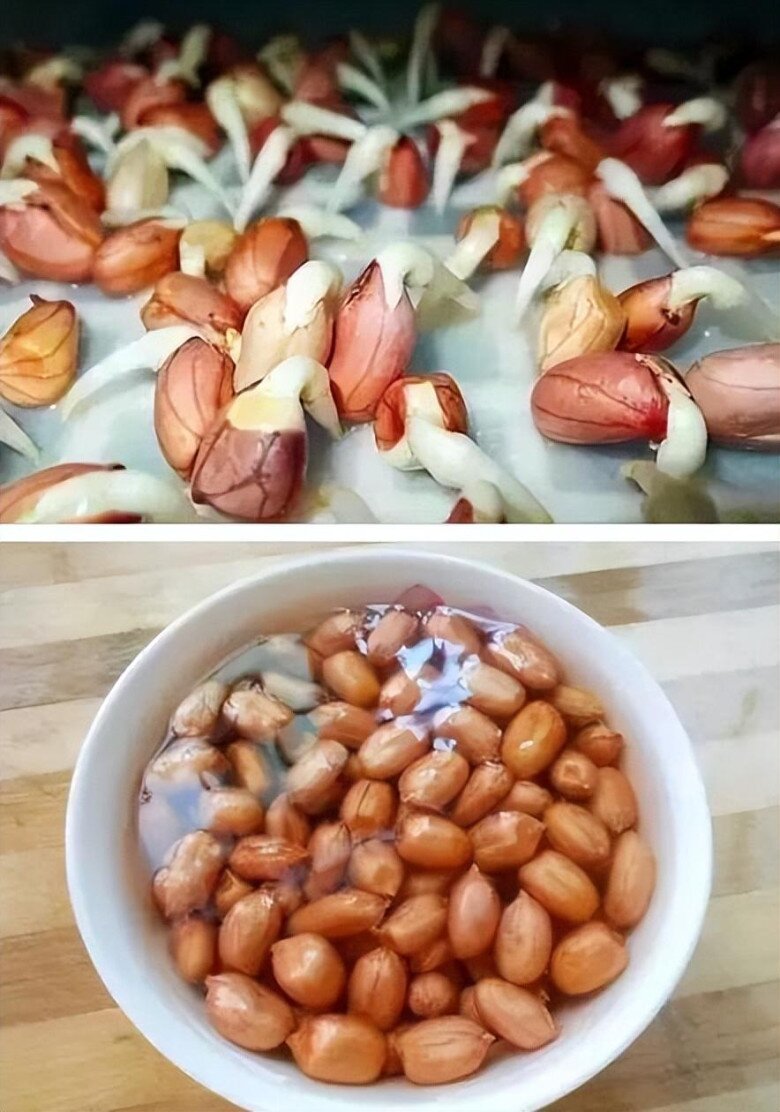
2. Soak the Seeds
Soak the peanut seeds directly in water, ensuring the water level is just enough to cover them. Soaking time will depend on the freshness of your seeds, but generally, you’ll want to soak them for 4 to 10 hours to ensure they absorb enough water.
3. Germinate Using a Paper Towel
Prepare a disposable plastic container with a few small ventilation holes. Line the bottom with a damp paper towel, place the soaked peanuts on top, and cover with another damp paper towel. Close the container and keep it in a cool, well-ventilated place. Maintain a temperature of around 25°C to encourage germination, which usually takes about 4 days.
Once you see the seeds sprouting, carefully remove the outer shell and place the sprouted seeds in a cup of water. Be gentle to avoid damaging the delicate shoots.
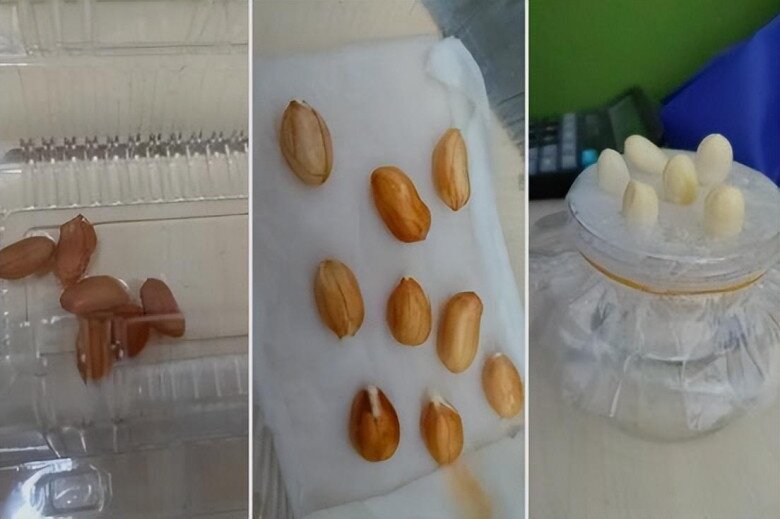
4. Prepare Your Planting Container
You can use disposable plastic cups for hydroponic planting. Simply drill or puncture holes in the lid that are slightly larger than the peanut seeds. Place one seed in each hole, ensuring it has contact with the water. Within about a week, you’ll see small green shoots and a developing root system.
It takes about 20 days for the seeds to grow into a small, vibrant plant.
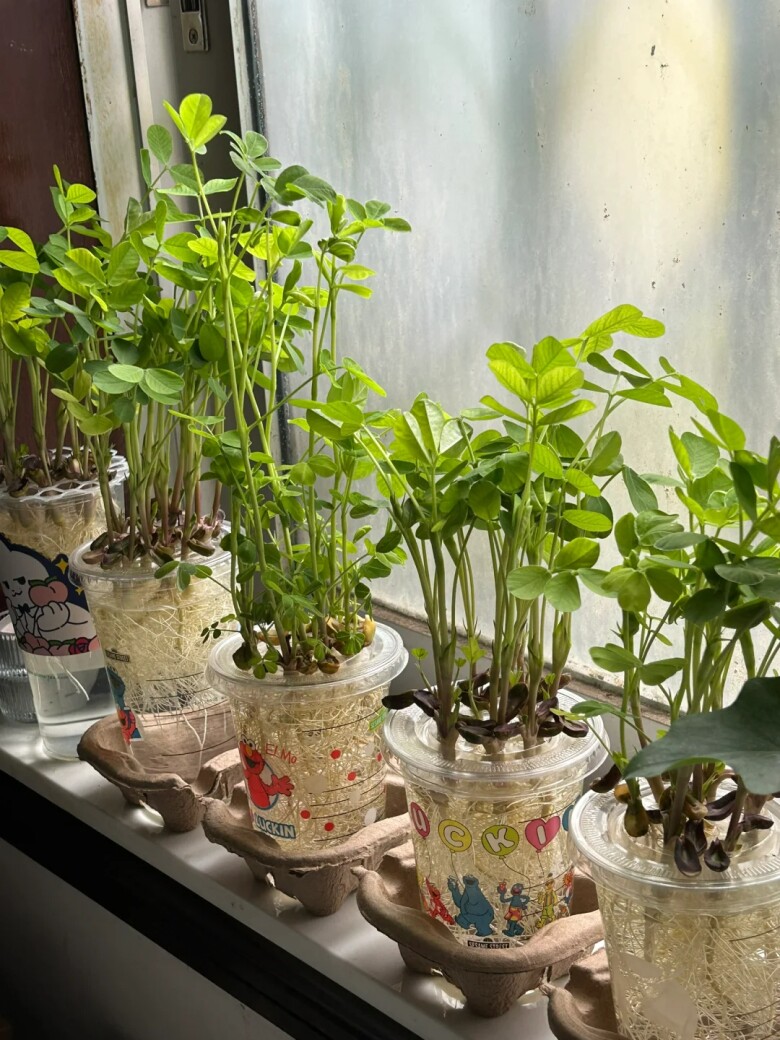
5. Caring for Your Hydroponic Peanuts
Peanut plants thrive in bright, indirect light. Once the leaves appear, gradually increase their exposure to light. Avoid direct sunlight, especially during the hottest parts of the day. When temperatures drop below 18°C, you can place the plant in a sunny spot. In general, diffused light is best for their growth.
After the roots have established, there’s no need to change the water frequently. Simply top up the water level to keep the roots submerged. If you want your plant to live longer, you can add a nutrient solution to the water after the roots have developed.
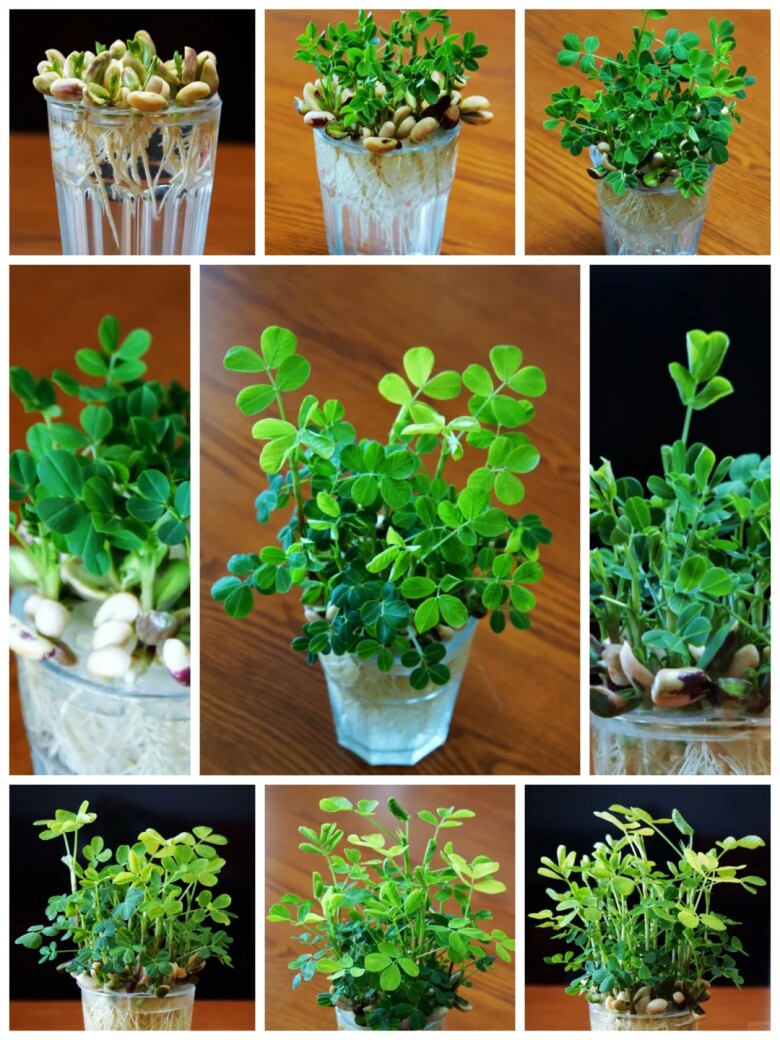
You can also transition your plant from hydroponics to soil, which will allow you to grow it for an extended period and possibly even harvest some peanuts!
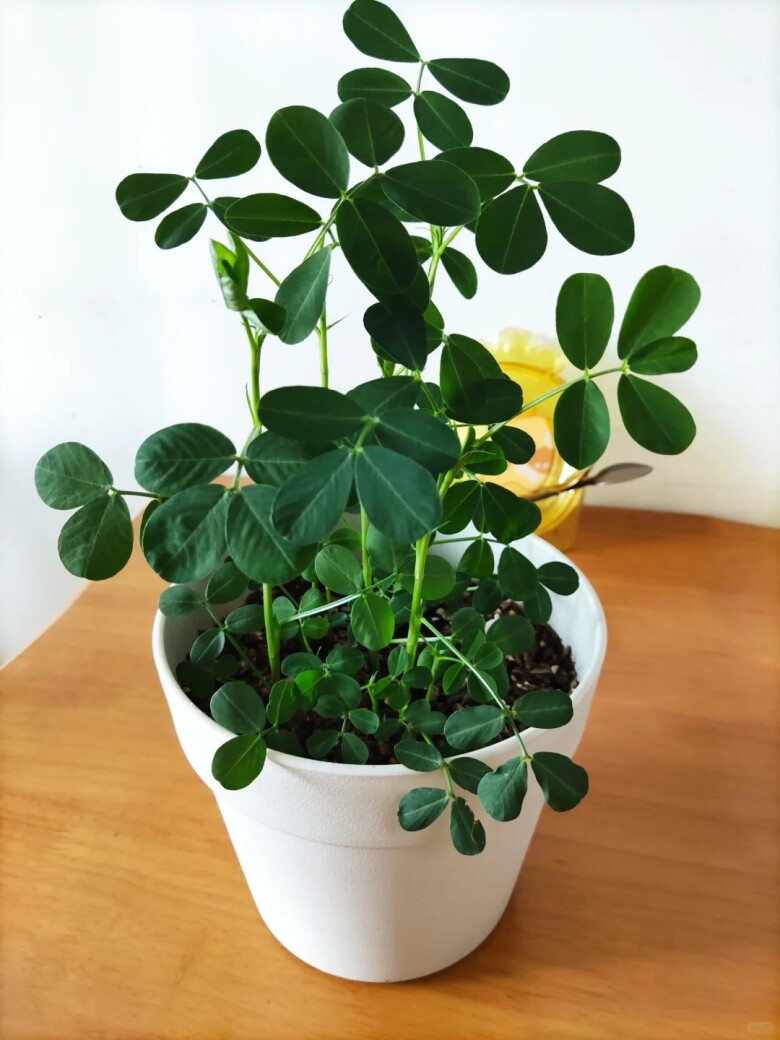
In addition to peanuts, you can also grow other fruit seeds hydroponically, such as lychee, mango, and jackfruit seeds. If using fruit seeds, clean the outer pulp and soak the seeds in water to prevent any unpleasant odors.


























